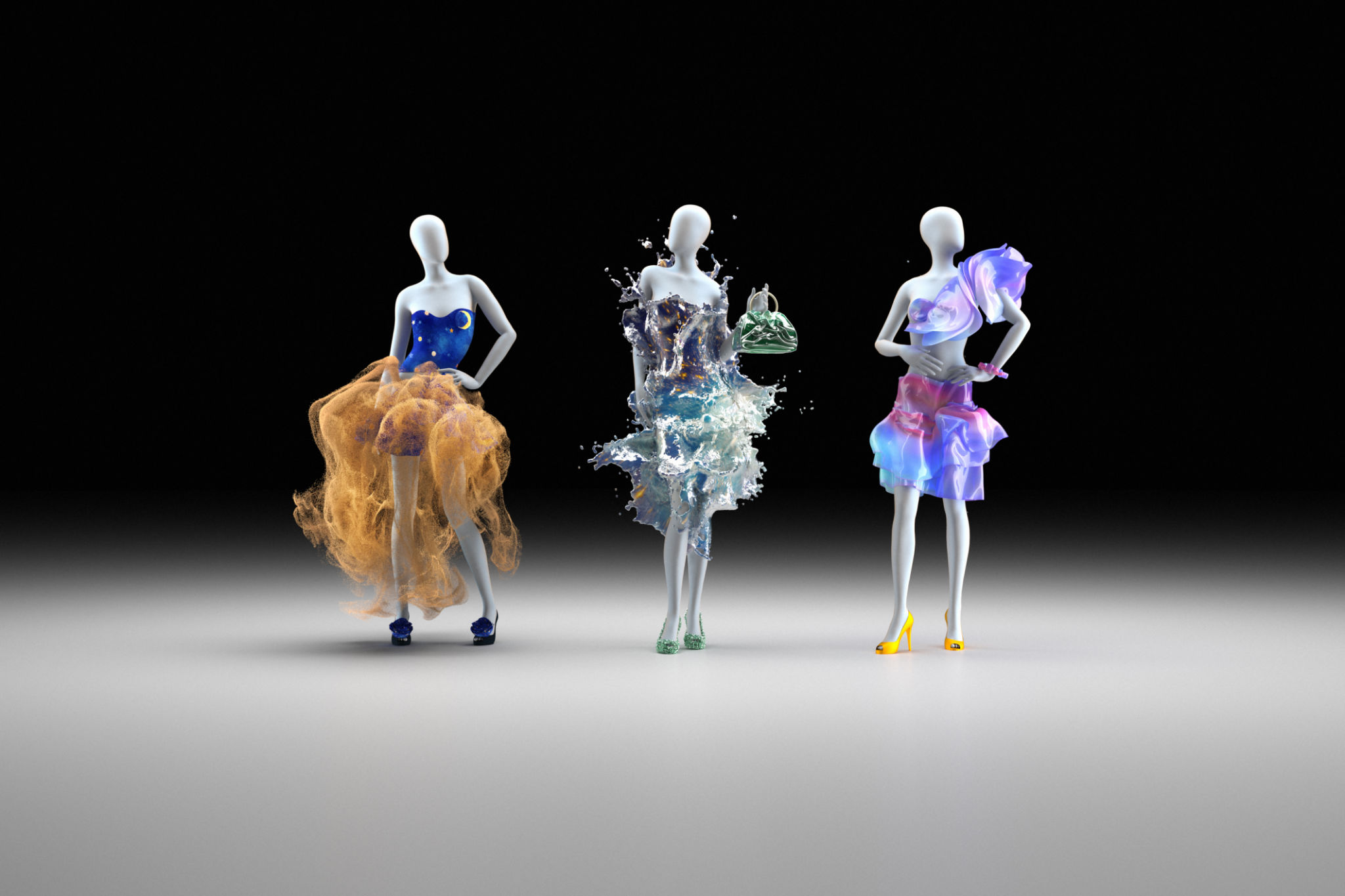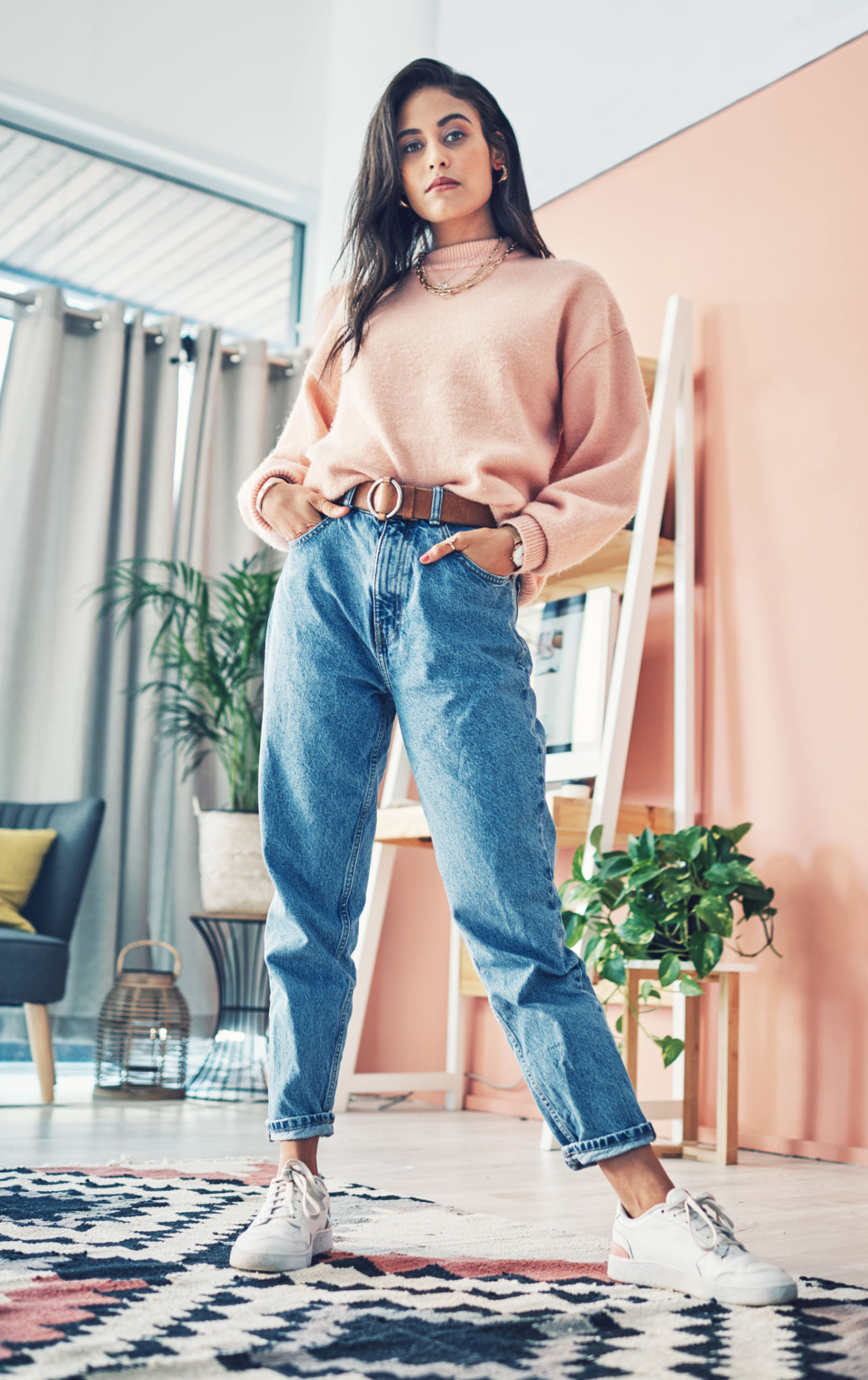The Rise of Eco-Friendly Fashion: Trends and Innovations
Fa
The Growing Demand for Eco-Friendly Fashion
In recent years, the fashion industry has seen a significant shift towards sustainability. With increasing awareness about the environmental impact of fast fashion, consumers are now seeking more eco-friendly options. This trend is not just a fleeting fad but a movement that is reshaping the entire industry.
Brands are responding to this demand by innovating their processes and materials to create sustainable fashion lines. The rise of eco-friendly fashion is rooted in the desire to reduce waste, minimize carbon footprints, and utilize renewable resources.

Innovative Materials Leading the Charge
One of the key areas where innovation is driving eco-friendly trends is in the development of sustainable materials. Companies are exploring alternatives like organic cotton, hemp, and bamboo, which require less water and fewer pesticides compared to traditional materials.
Moreover, innovations like recycled polyester, made from post-consumer waste such as plastic bottles, are gaining popularity. These materials not only help reduce waste but also offer durability and quality comparable to conventional fabrics.

Technological Advancements in Sustainable Fashion
The integration of technology in fashion has opened new avenues for sustainability. Technologies such as 3D printing and digital design are helping brands reduce waste by creating items on demand, thus minimizing overproduction.
Additionally, advancements in dyeing techniques, like waterless dyeing and natural dyeing processes, are helping reduce the environmental impact of fashion production. These technological innovations are crucial in the transition towards a more sustainable fashion industry.

Consumer Behavior and Ethical Practices
The rise of eco-friendly fashion is also influenced by changing consumer behavior. Today's shoppers are more conscious of their purchasing decisions and prefer brands that align with their values. This shift in mindset has prompted brands to adopt ethical practices such as fair labor conditions and transparent supply chains.
Consumers are now prioritizing quality over quantity, opting for timeless pieces that offer longevity instead of trendy items that quickly go out of style. This change in purchasing habits is contributing significantly to the eco-friendly fashion movement.
The Role of Influencers and Social Media
Influencers and social media platforms have played a pivotal role in promoting eco-friendly fashion. By showcasing sustainable brands and products, influencers help raise awareness about the importance of making environmentally conscious choices.
Social media campaigns and collaborations with sustainability advocates have further amplified the message, encouraging more people to embrace eco-friendly fashion. This digital influence is vital for spreading awareness and driving change on a global scale.

Challenges and the Road Ahead
Despite the positive strides, the transition to eco-friendly fashion is not without challenges. High production costs, limited access to sustainable materials, and consumer skepticism are some hurdles that need to be addressed.
However, with continued innovation and collaboration between designers, manufacturers, and consumers, the future looks promising. The commitment to sustainability is expected to grow stronger, paving the way for a more responsible and environmentally friendly fashion industry.
In conclusion, the rise of eco-friendly fashion is a testament to the industry's ability to adapt and innovate in response to global challenges. As more brands and consumers embrace sustainability, the impact on our planet will undoubtedly be positive.
